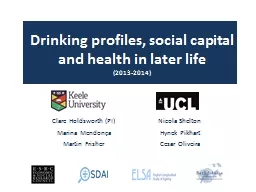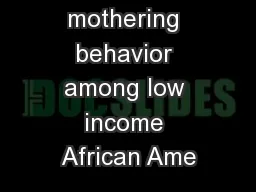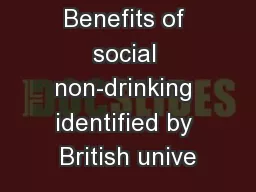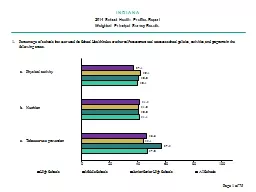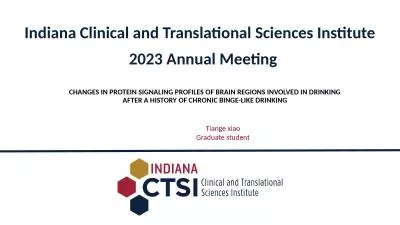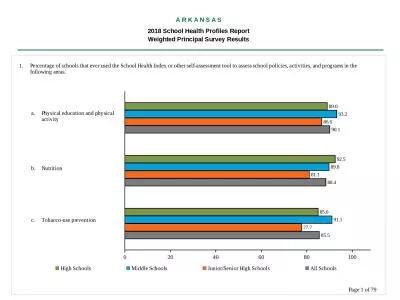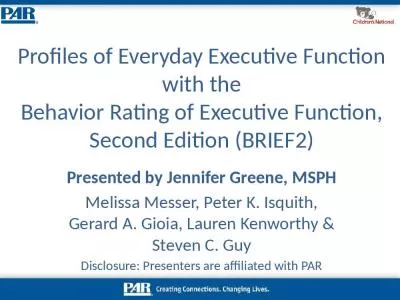PPT-Drinking profiles , social capital
Author : crunchingsubway | Published Date : 2020-06-15
and health in later life 20132014 Clare Holdsworth PI Nicola Shelton Marina Mendonça Hynek Pikhart Martin Frisher Cesar Oliveira Background Levels of alcohol
Presentation Embed Code
Download Presentation
Download Presentation The PPT/PDF document "Drinking profiles , social capital" is the property of its rightful owner. Permission is granted to download and print the materials on this website for personal, non-commercial use only, and to display it on your personal computer provided you do not modify the materials and that you retain all copyright notices contained in the materials. By downloading content from our website, you accept the terms of this agreement.
Drinking profiles , social capital: Transcript
Download Rules Of Document
"Drinking profiles , social capital"The content belongs to its owner. You may download and print it for personal use, without modification, and keep all copyright notices. By downloading, you agree to these terms.
Related Documents

